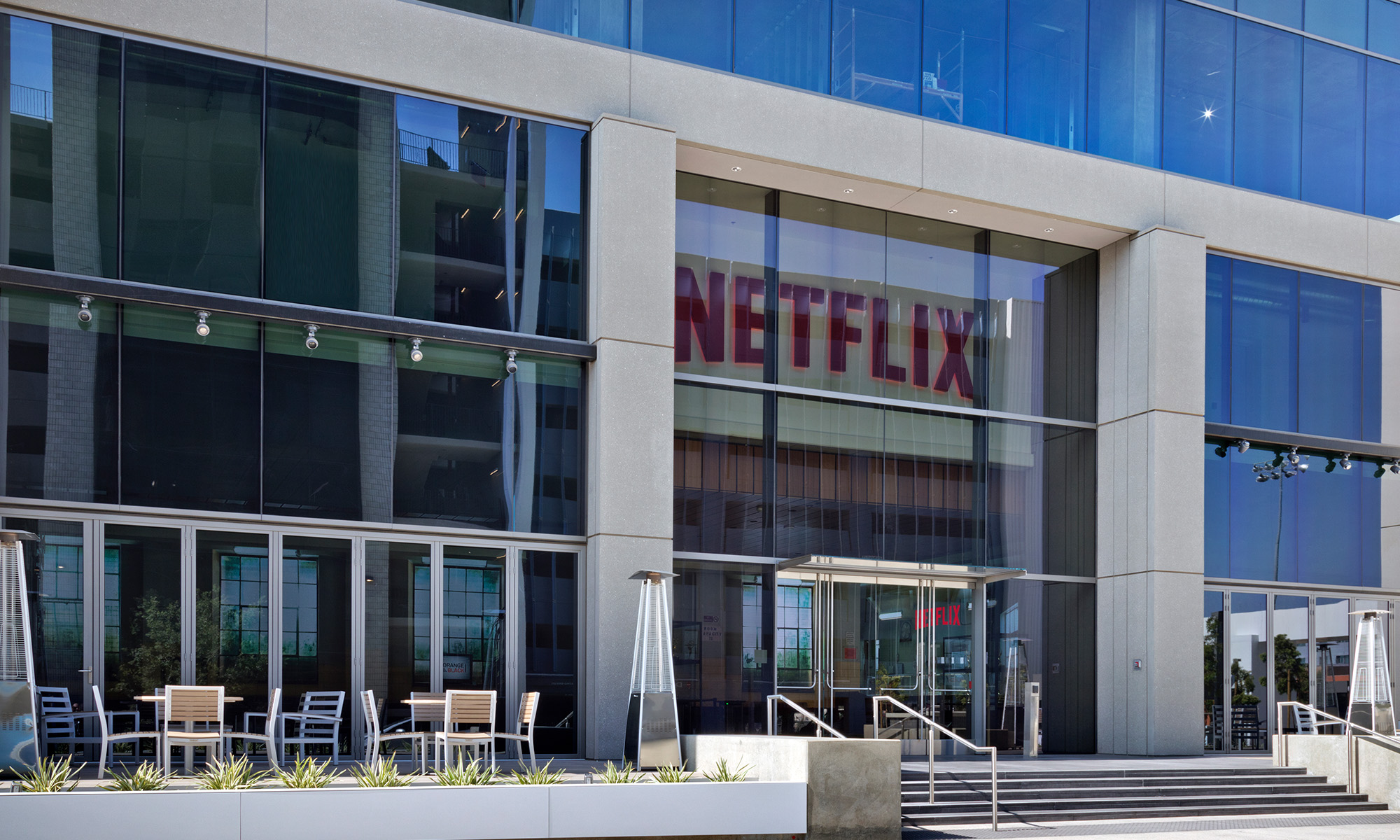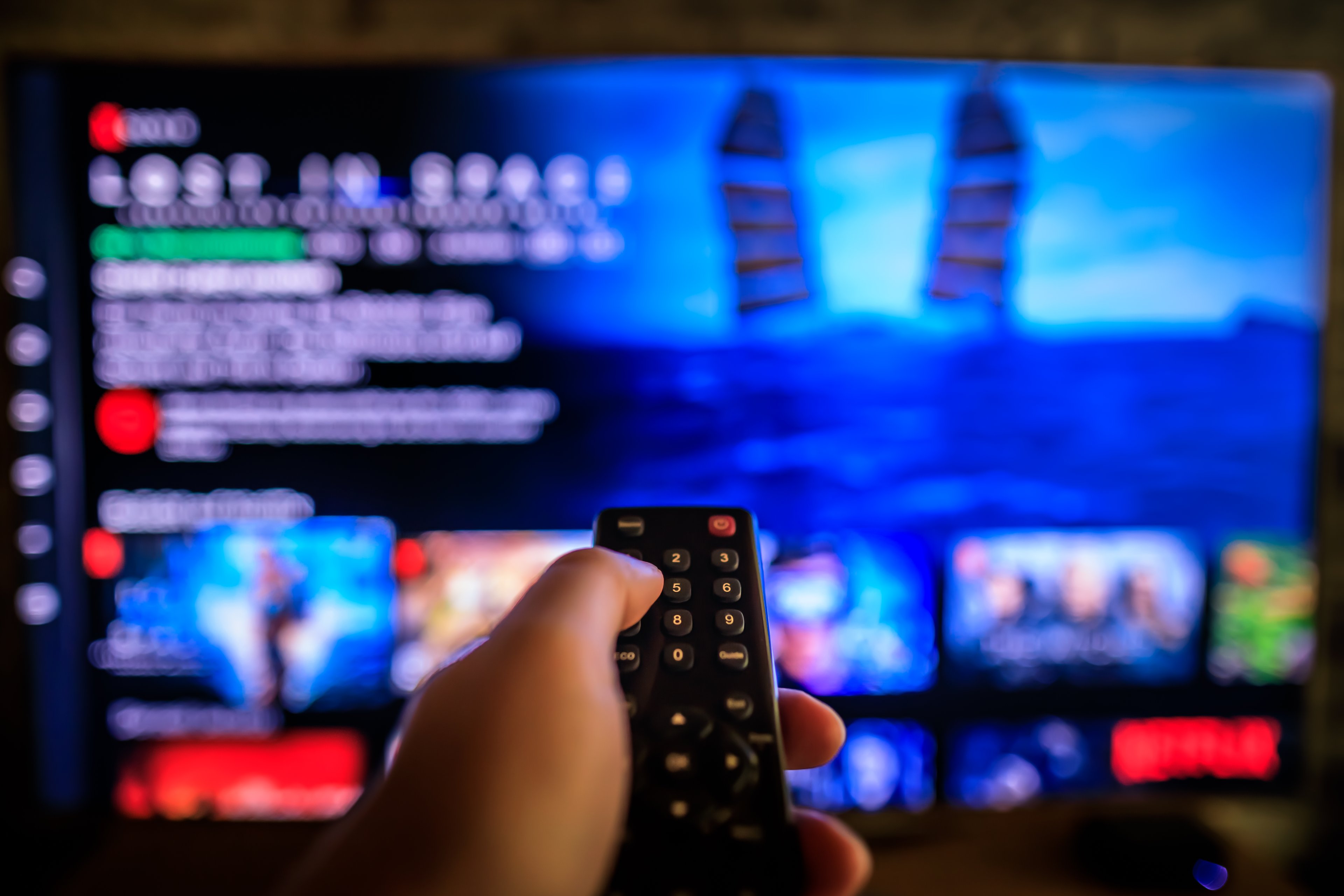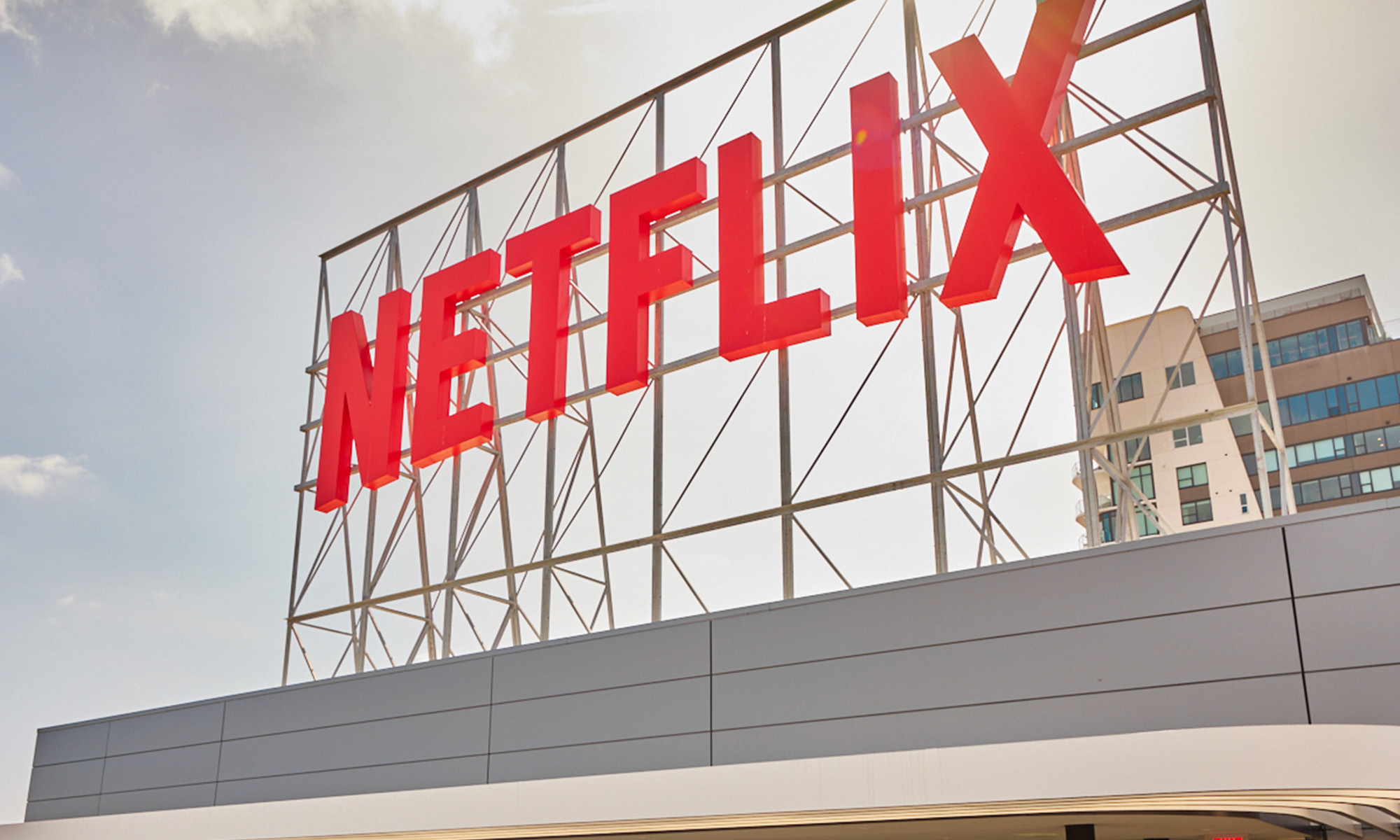Dominant online video streamer Netflix (NFLX +1.50%) reported strong-third quarter earnings last night, and the bullish narrative was robust subscriber gains that exceeded all forecasts. The company added nearly 7 million total new subscribers worldwide during the quarter, crushing its own forecast of 5 million new members. Netflix is getting better at forecasting, which should improve the accuracy of its outlook, CEO Reed Hastings said on the earnings call.
On top of that, Netflix is now benefiting from a somewhat old-school distribution model: bundling.

Image source: Netflix.
An old-fashioned way to distribute a modern service
Netflix has enjoyed considerable success over the years with hardware integrations, ensuring that its service is ubiquitous and accessible from just about any imaginable device, from gaming consoles to streaming set-top boxes to smart TVs, among other product categories. That has helped it expand its reach, but not long ago the company realized it had an opportunity in bundling with other service providers, even as Netflix aggressively competes with linear TV and traditional cable operators.
For example, T-Mobile started bundling Netflix for free last year for qualifying T-Mobile One family plans. Earlier this year, Netflix announced partnerships with Telefonica in Spain and Latin America in addition to KDDI in Japan. The latter mobile bundle in Japan launched during the third quarter, and Netflix said it expanded its partnership with Verizon, in which Netflix's mobile app comes pre-installed on Android phones.
The bundling strategy has allowed Netflix to reach new demographics, ones that might be slower to adopt new technologies. Here's Chief Product Officer Greg Peters on the call last night:
This latest round [of growth] we're seeing now is bundling, where whether we're bundling with an internet service provider, or a mobile operator, or a pay TV operator. We can make it even easier for people to find Netflix and try the service out. What we're seeing here is that this allows us to access a set of subscribers, a consumer demographic which might be less technology early adopter than the folks that are signing up with us directly. We're able to accelerate our growth in a new segment via these sales. So, we're learning more and more about that. We're trying to figure out which markets they work and how to optimize that bundle strategy.
Impressively, that even includes the U.S. market, where Netflix enjoys remarkable brand strength. Despite instant brand recognition, many consumers still don't muster up the effort to sign up directly, and bundling removes some friction. Here's Peters again, responding to an analyst's question about how bundling performs domestically compared to internationally:
I'd say even in America, where the awareness is super high and the brand is well understood, there's still pockets of consumers who it's harder for them to get the activation and energy to go directly to the website and sign up. But if we can actually put a Netflix application, a call to action, maybe even bundle the service subscription as part of their pay TV offering or the mobile offering, they can just click on something and then get right into the service. So even for a place where we're well-known, we make it easier or more effective for folks to sign up. We see actual acceleration of adds there.
The irony here is that Netflix's rise to prominence was largely driven by its over-the-top and direct distribution model, bypassing traditional distribution channels like cable operators, which have long bundled premium content channels. It turns out that the legacy distribution model still has value -- even for a disruptive company like Netflix.






